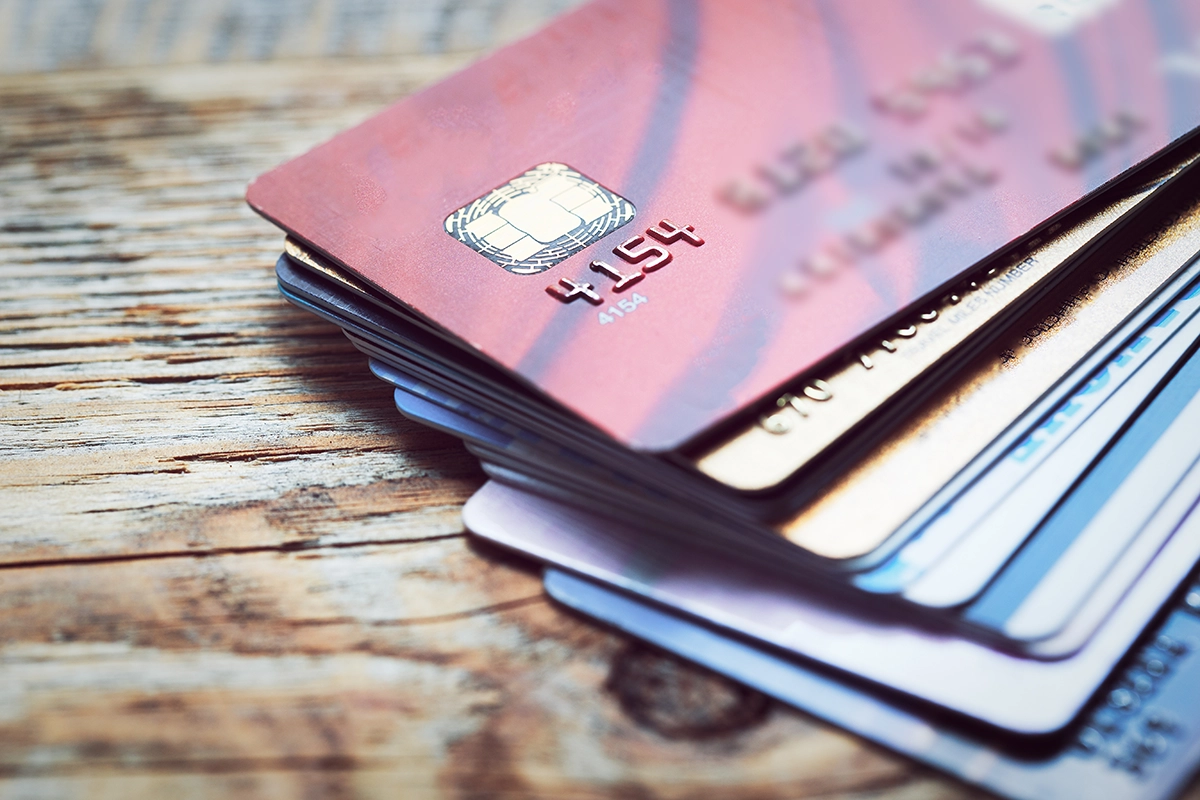According to a recent J.D. Power study, debit cards are the most commonly used form of payment, with credit cards a distant third. The survey found that 78% of consumers utilize debit cards for point-of-sale transactions, followed by cash at 74% and credit cards at 66%. Additional payment options mentioned include digital wallets (36%), gift cards (33%), buy now pay later services (28%), merchant apps (20%), checks (19%), prepaid cards (14%), pay by bank (7%), and cryptocurrency (3%).
The primary reasons consumers cite for using debit cards are their ability to track and manage spending, the speed of transactions, and their convenience. Miles Tullo, Managing Director for Banking and Payments at J.D. Power, notes that credit card usage trails other payment methods due in part to the popularity of buy now, pay later options. Interestingly, otherwise, financially stable individuals also opt for BNPL due to attractive terms and to avoid accruing interest charges on revolving credit card balances.
According to a study, consumers use a variety of payment options in addition to debit and credit cards. Factors such as ease of use, terms, and social perception influence their choice of payment method. On average, consumers utilize 4.1 payment methods for their purchases.
The study also reveals that specific customer segments have different motivations for using particular payment options.
In terms of non-traditional payment methods, over half of the surveyed consumers (55%) have used digital wallets, BNPL services, merchant apps, or cryptocurrency in the past 90 days. Digital wallets were the most popular option at 36%, followed by BNPL at 28%.
With the rapidly evolving landscape of point-of-sale payments and the increasing number of available options, it is not a surprise that fragmentation within the consumer market for payments.
Source: Digital Transactions


